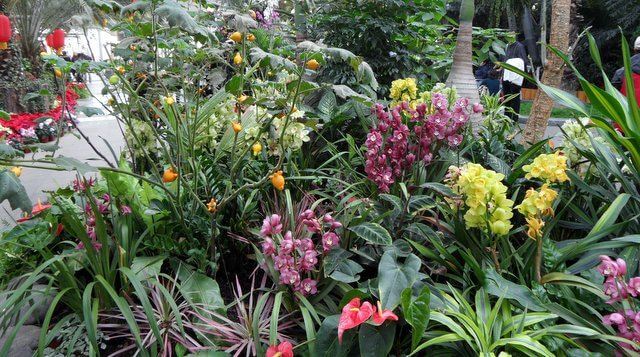
Heading out from Beijing, towards the North West suburbs, the high-rise buildings give way to more homely looking houses and a rolling series of hills are dotted with pagodas. These little towers often mark the holiday homes of senior military or government officials and are hidden away behind heavily guarded gates.
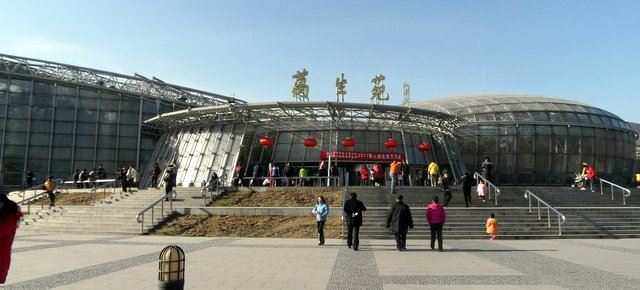
Main entrance
Between Xiangshan Park and Jade Spring Mountain lies the Beijing Botanical Gardens. These were established in 1955 and grew to become the largest botanical garden in North China.
The grounds include twelve exhibition halls and a number of specialist gardens including the tree garden, rose garden, a medicinal herb garden and the less interesting crab-apple garden.
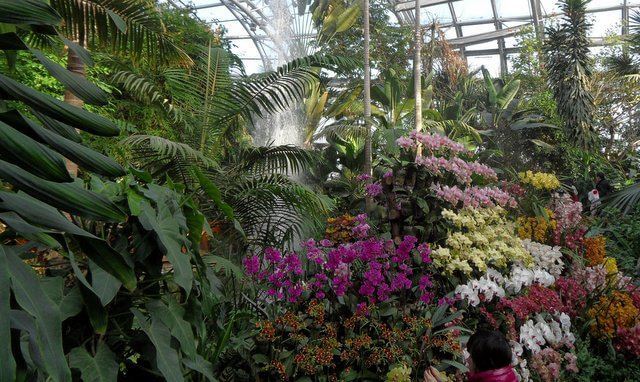
Beijing Botanical Gardens
The centrepiece of the park is the largest greenhouse in Asia, which contains tropical and subtropical plants. There are three main areas at the ground level. The first area is full of palms and evergreens. The second area is tropical aquatic plants and the third is dedicated to commercially useful plants, such as coffee, sugar, cocoa and rubber.

Orchid
One of the most popular rooms has over 300 varieties of orchid and triple that number of people with tripods jostling to photograph every aspect of them.
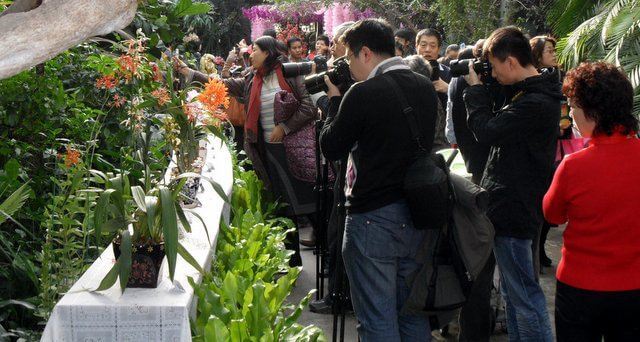
So many photographers
Downstairs is the educational centre, which looks very good, as well as an entertaining 4D cinema, in which you watch a 3D film whilst your chair adds wind and water effects. The commentary is a bit too fast to grasp, so I just sat there getting sprayed in the face for no obvious reason.
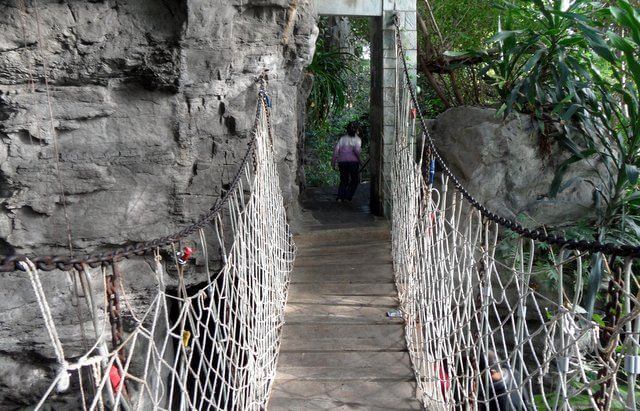
Rope bridge to nowhere
The Gardens also contains a number of historical attractions. The most famous is Wofo Si, the Sleeping/Reclining Buddha Temple, as well as a number of tombs and memorials. These are set amongst the tree gardens which include beautifully sculpted rockeries, lakes and bridges, suggesting it’s worth another visit later in the year.
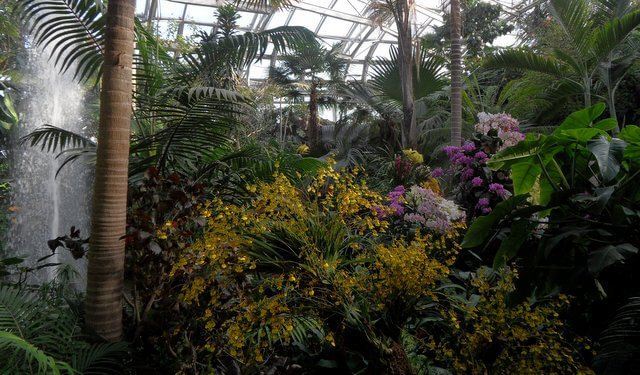







Pingback: What to Do in Beijing - Travel Tips for Beijing, China